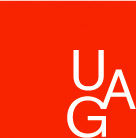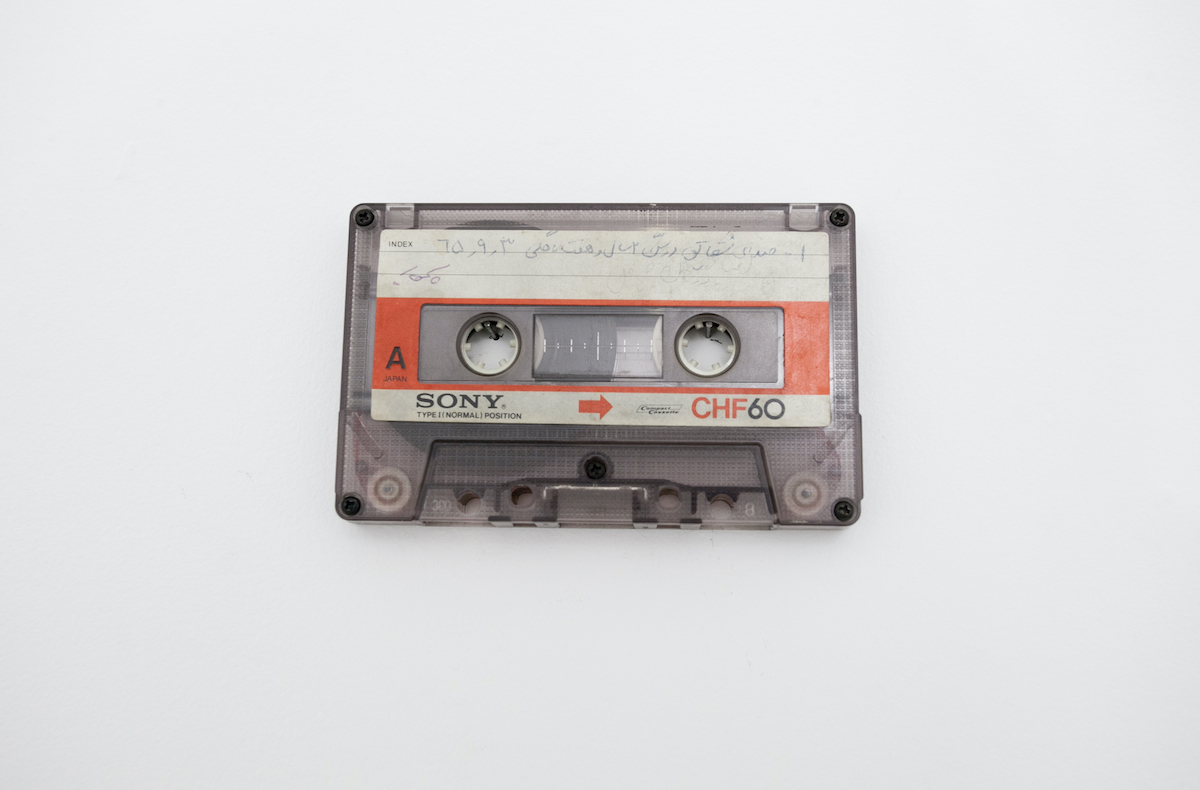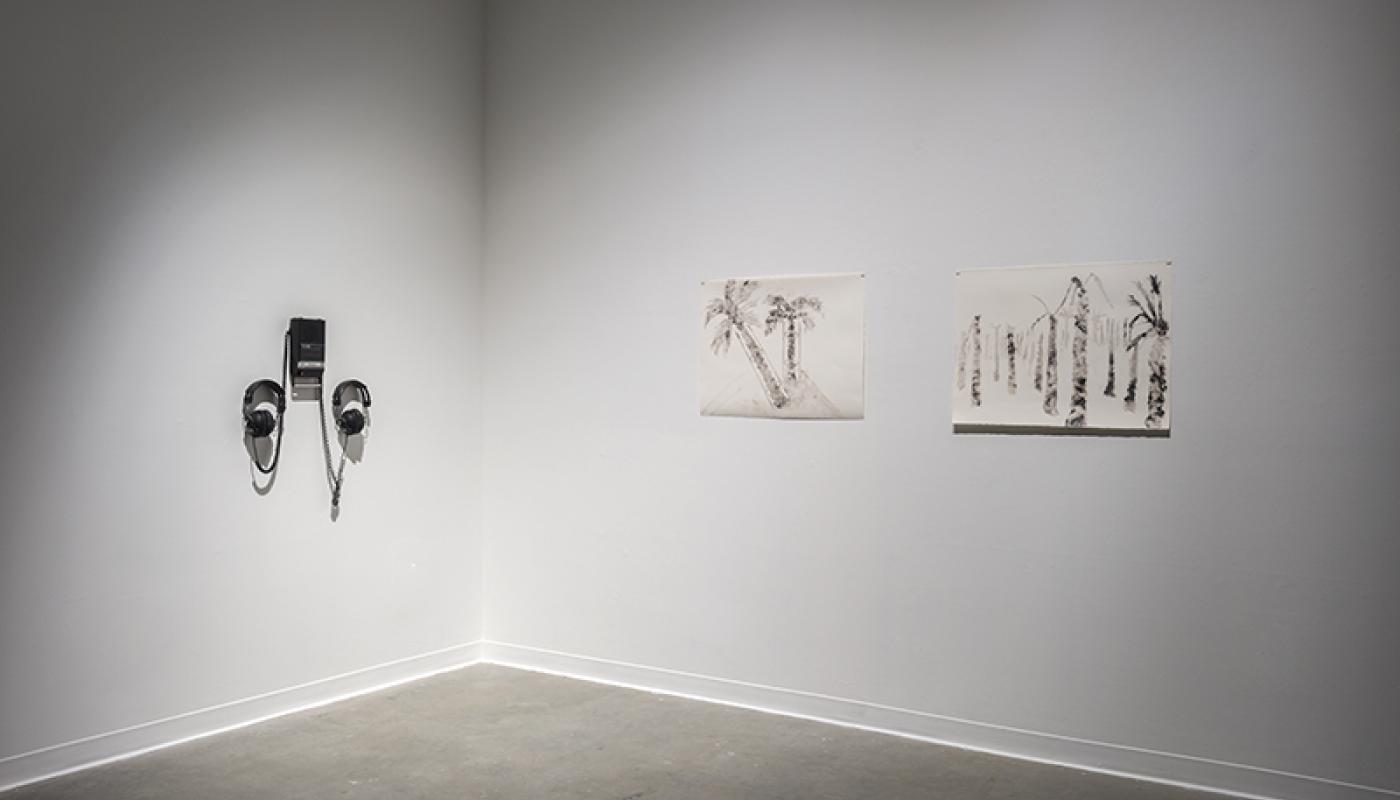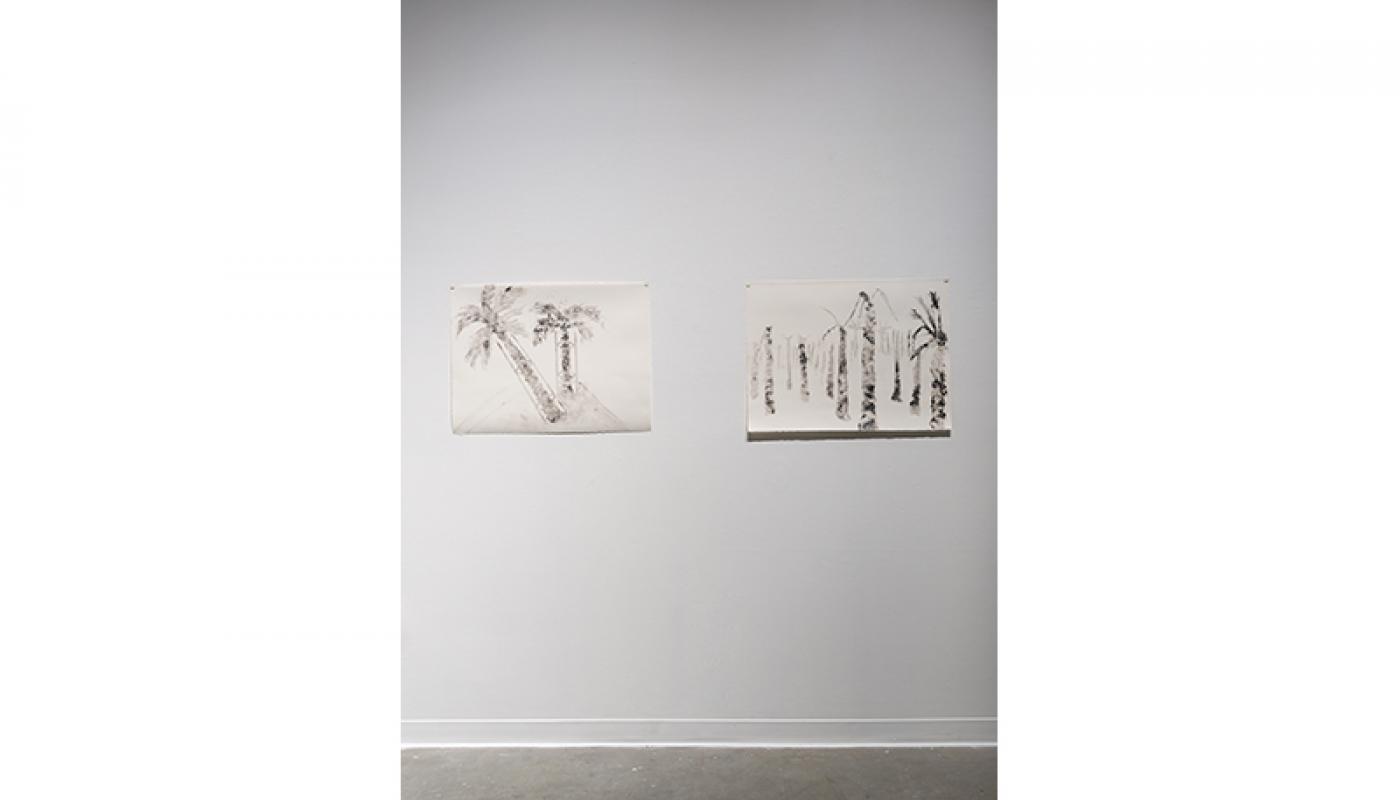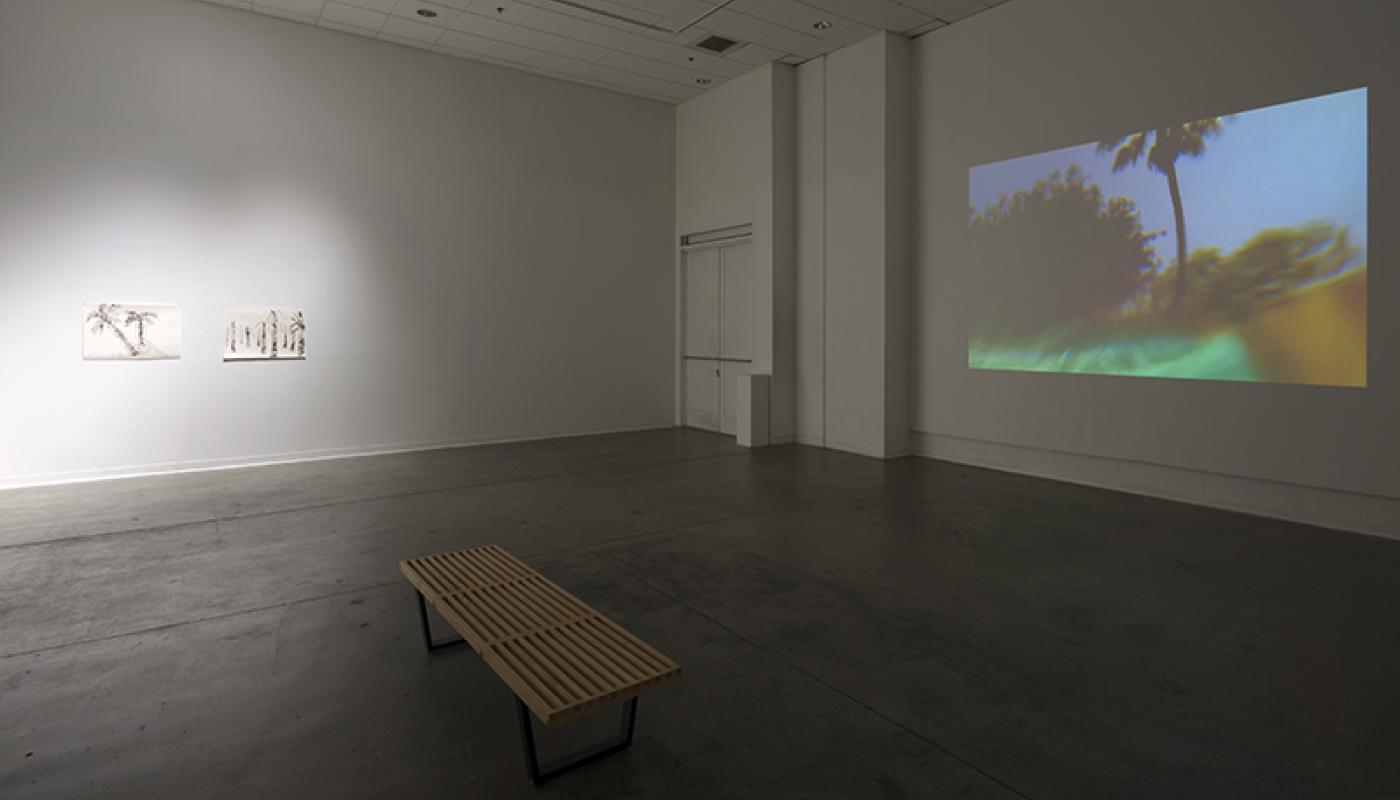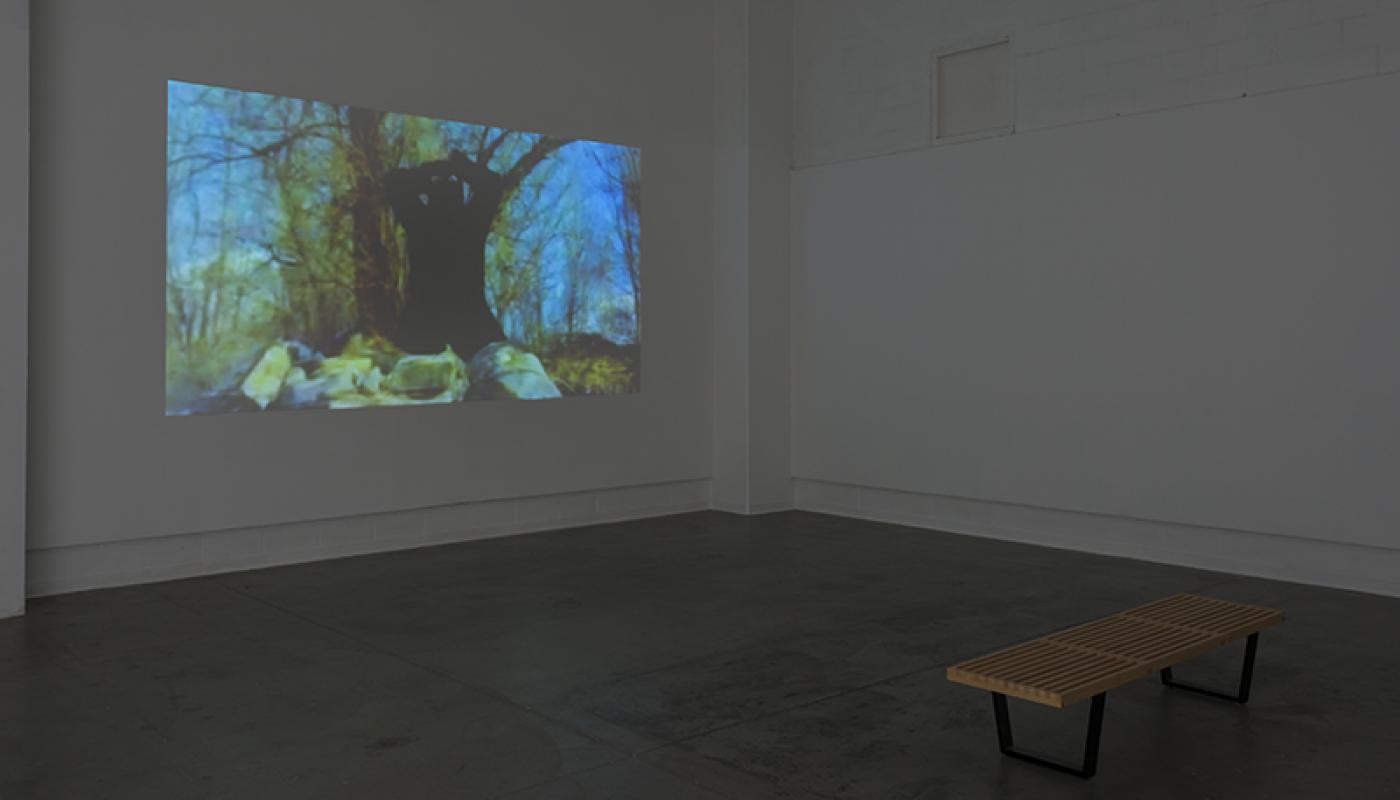MIXTAPE: Goodbye street, Goodbye home
The rise of audio cassettes peaked in the 1980s, yet the relevance of mix tapes is still recognized today as a way of compiling songs, ideas and thoughts around a particular theme. Alternatively, the influence of pop culture and cassette tapes were popularized during the 1979 Iranian Revolution in which cassettes were used to spread sermons by Khomeini to a public, some of whom were illiterate. In this context, the cassette became a catalyst for social change – a mobilizing device for subversive speech. The role of songs and sermons were strongly affected by a nationalism that spread like wildfire in resistance to Westernization. This religious revolt led directly into the Iran-Iraq war (1980-1988), a war with no material gain. Shagha Ariannia’s three-part installation is both a recollection and transposition of this moment.
The exhibition itself includes an audio cassette, Our Future Is The Approaching Past, 2012, which features recordings from 1978 to 1993 of Iranian revolutionary songs dubbed over the voice of the artist and her brother as children learning English with their mother. A video projection presents a montage of original and found footage including scenes from the popular Iranian children’s film City of Mice (1985), a story of mice that must immigrate due to the invasion of a cat who wishes to consume them. Within the appropriated imagery Ariannia inserts footage of a typical Los Angeles landscape, swimming pools and palm trees, disrupted by fists beating against the water creating bomb-like silhouettes. Audio taken from documentary footage of the Iran-Iraq war is then overlaid within the video. The third part of the installation includes a mono print diptych depicting two historical sites – the first image being Los Angeles in the early 1930s during the first planting of palm trees after the Olympic Coliseum. This transplanting created the iconic Southern California landscape we recognize today: the illusion of a tropical paradise or Mediterranean oasis. The second image depicts the decimated date palms in Southern Iran, the most affected area by the war, which as a result are inherently associated with the wartime landscape. The palm trees’ symbolic resonance is thus always contradictory, representing loss and victory, luxury and waste. The planting of palm trees also represents a fantasy of home away from home for those who have emigrated from the Middle East to Southern California. Taken together, the exhibition’s three parts form a screen memory, which simultaneously points towards the past whilst reconstructing the present. In this way, MIXTAPE: Goodbye street, Goodbye home is a symbolic representation for trauma, identity and the site of home.
Born in 1984, in Tehran, Iran, Shagha Ariannia is an interdisciplinary visual artist. Her work has been exhibited at 18th Street Art Center, Kchung TV as part of Made.In.LA 2014, Commonwealth and Council, Art Platform, Co/lab and the Torrance Art Museum in Los Angeles and Galarie der Hochschule in Braunschweig, Germany. Ariannia holds a MFA from CalArts and a BA from the University of California, Irvine.
